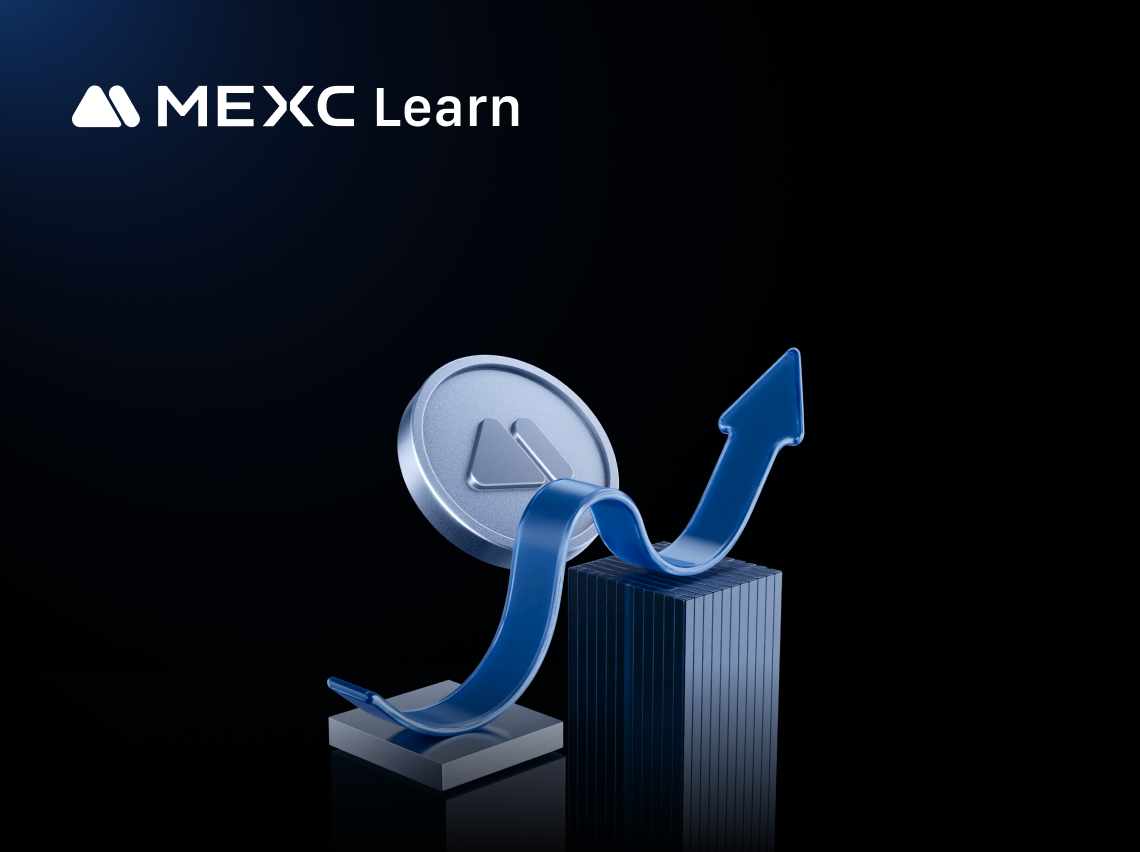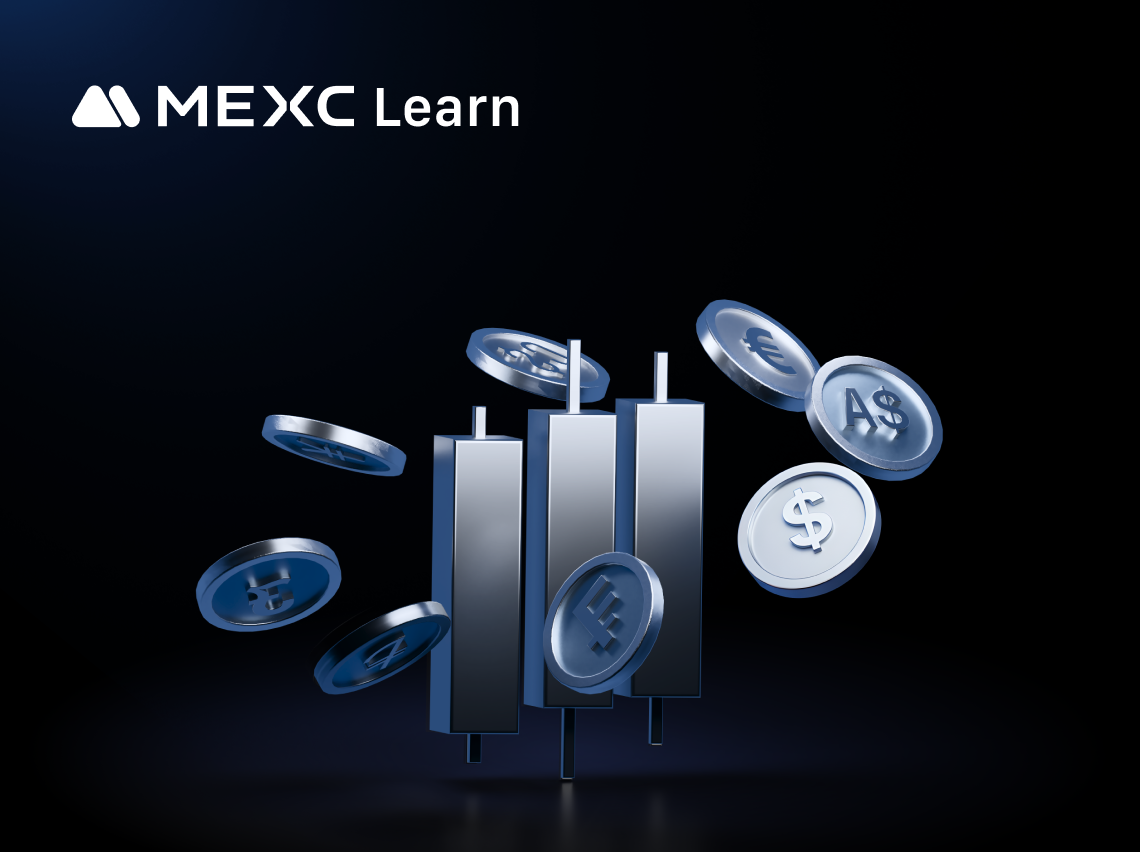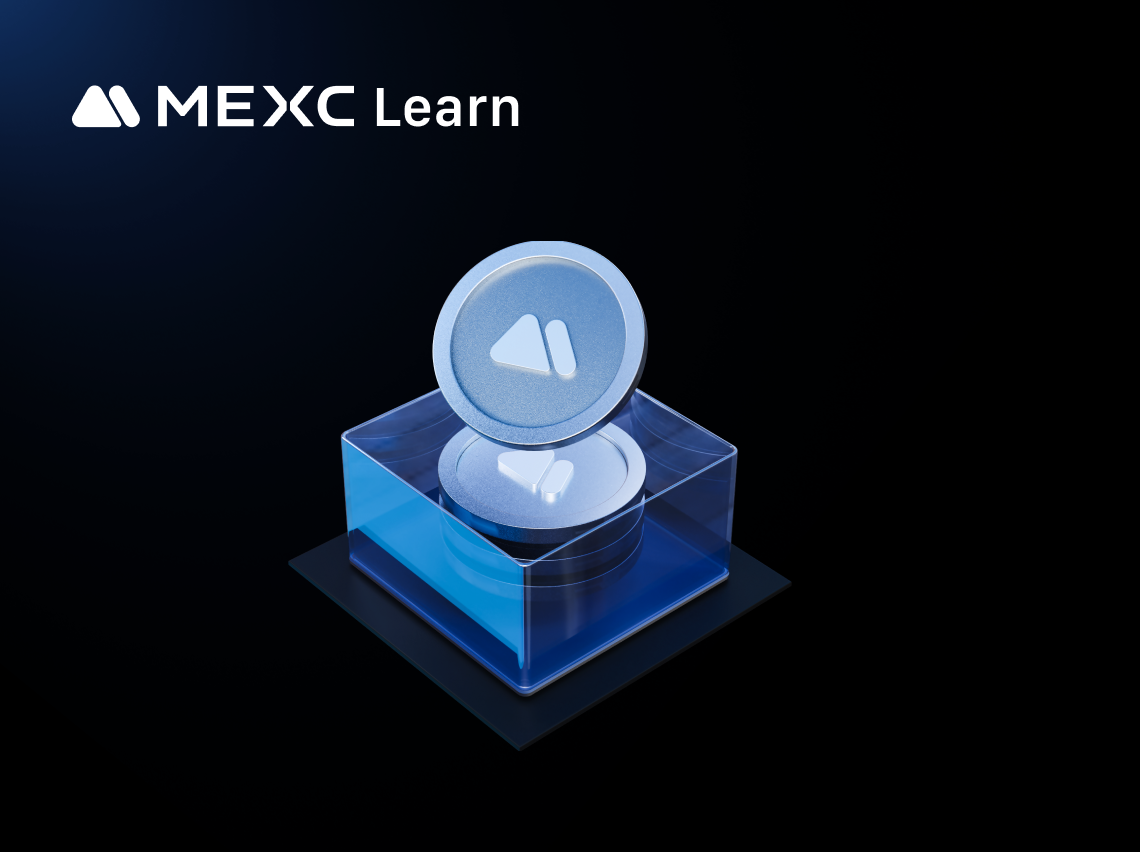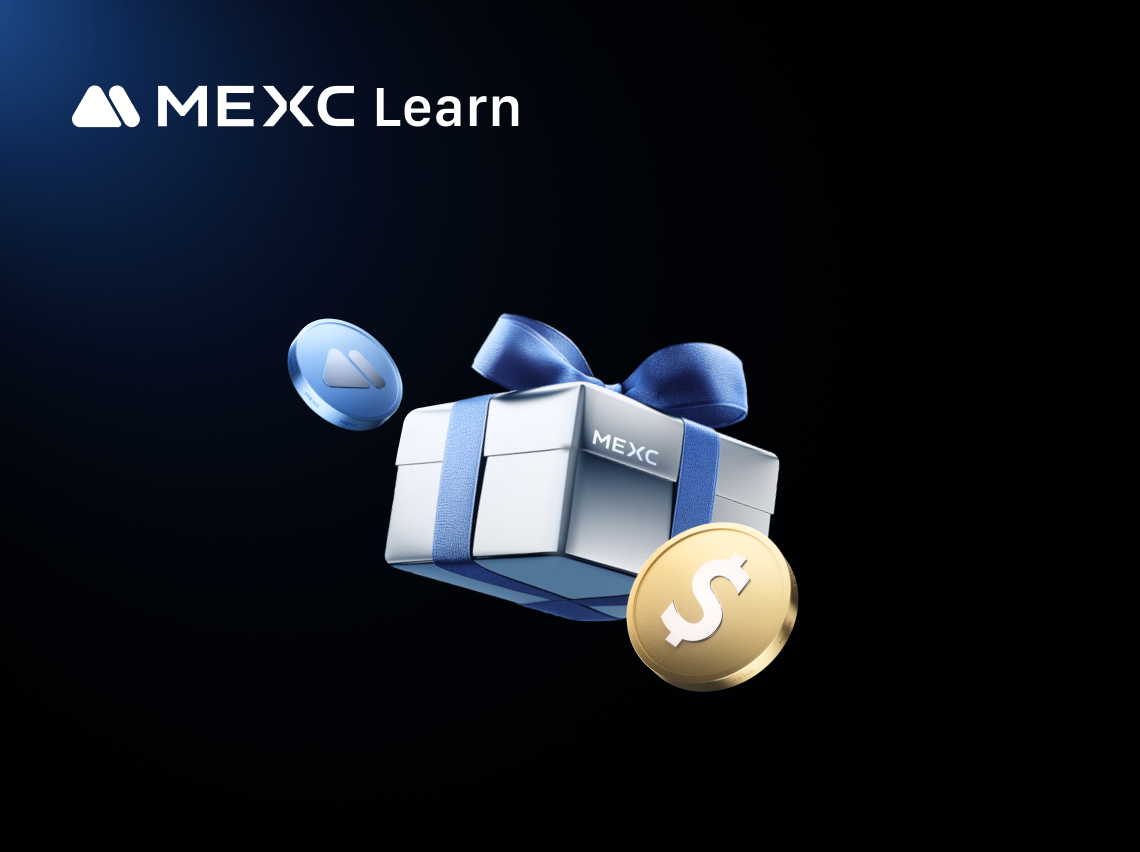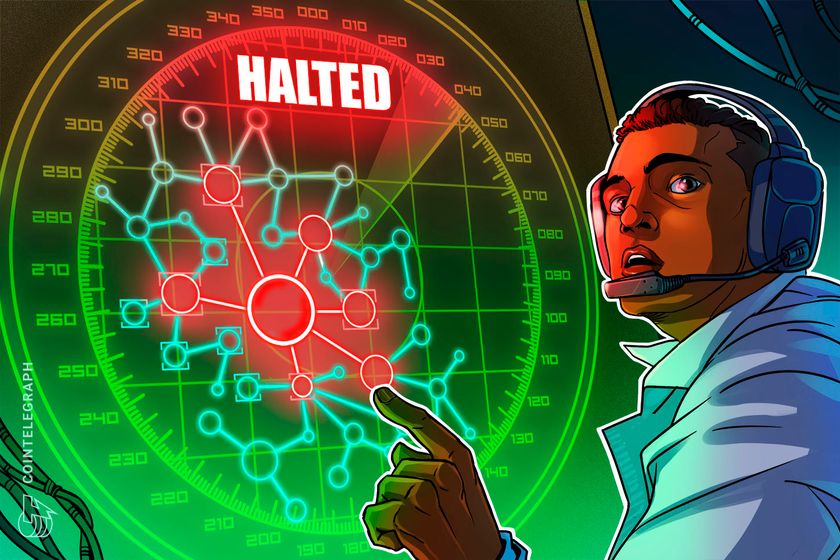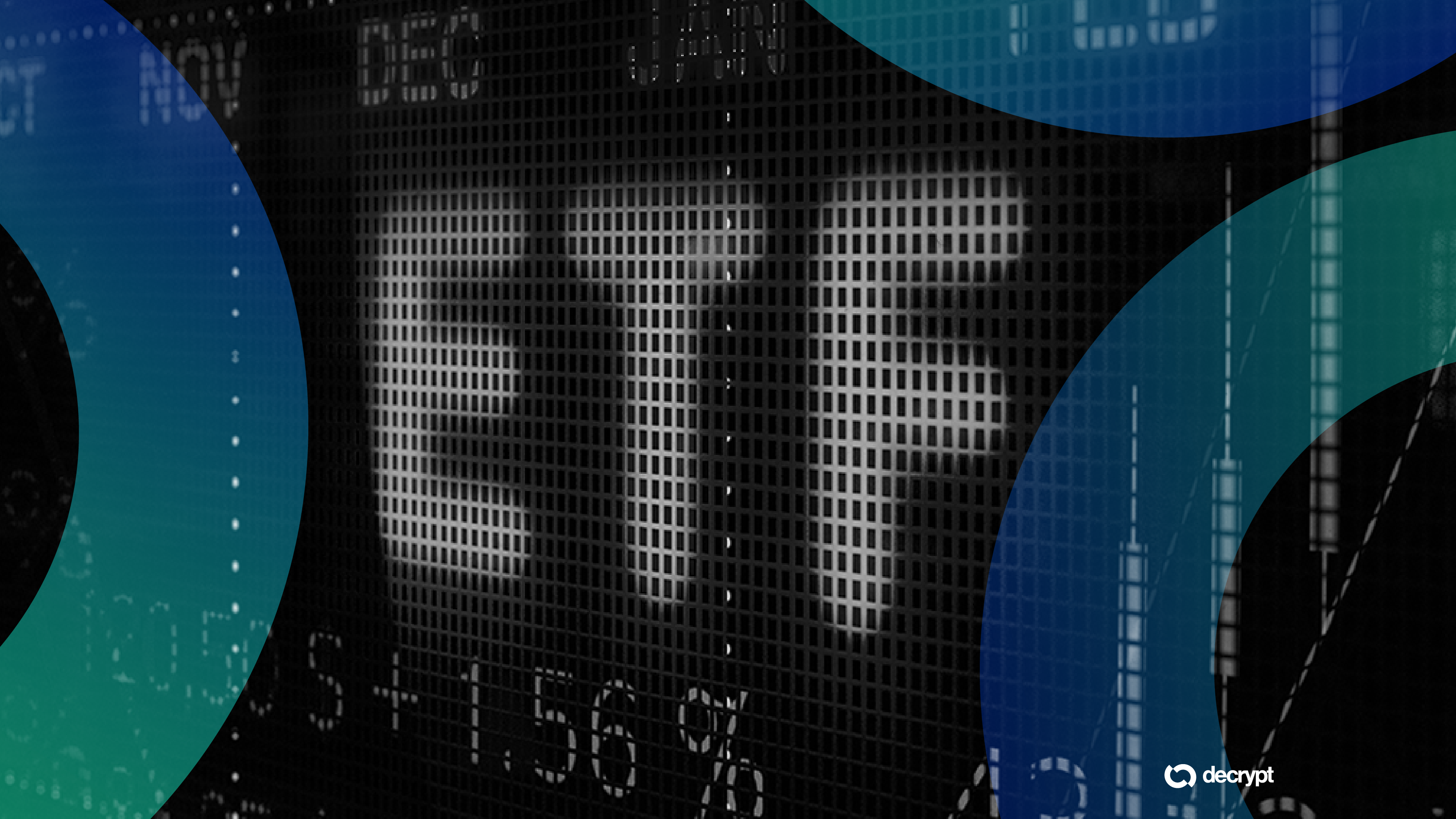The cryptocurrency landscape is more competitive than ever, with investors in continuous debate over which blockchain platform offers the greatest long-term value. Solana vs. Ethereum remains one of the most searched comparisons among crypto investors, while Solana vs. XRP and Solana vs. Cardano are gaining traction as each platform advances with distinct innovations.
This in-depth analysis evaluates Solana against its key competitors using up-to-date 2025 market data, technical specifications, and real-world adoption metrics. Whether assessing potential investments or selecting a development platform, these comparisons deliver essential insights for navigating today’s increasingly complex crypto landscape.
For readers new to Solana, it is recommended to start with MEXC's comprehensive Solana beginner's guide to understand the fundamentals before diving into these comparisons.
Key Takeaways:
-
Solana processes 1,000-3,000+ TPS at $0.02 fees vs Ethereum's 15-30 TPS at higher costs.
-
Ethereum leads DeFi with institutional trust; Solana excels in consumer apps and gaming.
-
XRP gained regulatory clarity through 2023 SEC victory; Solana faces uncertain status.
-
Firedancer could boost Solana to 1+ million TPS, potentially becoming fastest blockchain.
Solana has redefined blockchain performance with its innovative Proof of History (PoH) consensus mechanism, which timestamps transactions prior to validation to enable unprecedented levels of parallel processing. This architectural breakthrough allows the network to process 1,000–3,000+ transactions per second (TPS) under real-world conditions, with a theoretical capacity of up to 65,000 TPS, all while maintaining ultra-low transaction fees averaging just $0.02.
Solana's Proof-of-Stake architecture also enables SOL holders to actively participate in network security while earning passive income. Unlike Proof-of-Work blockchains that require expensive mining equipment, Solana's staking mechanism allows anyone to delegate their tokens to validators and receive rewards ranging from 4-7% annually. This combination of high performance and accessible yield generation creates unique advantages for both network participants and investors. To understand how staking works, compare validator options, optimize your returns, and explore liquid staking alternatives that maintain capital flexibility, read our complete Solana staking guide covering everything from basic delegation to advanced strategies.
Looking ahead, the highly anticipated Firedancer upgrade has already achieved 1 million TPS in live testing. If successfully deployed, this advancement could cement Solana’s position as the clear speed leader among smart contract platforms, setting a new benchmark for blockchain scalability and reshaping expectations for decentralized application performance.
To get a better grasp on the technical foundations that enable these performance advantages, including Proof of History and Solana's unique architecture, read this comprehensive Solana technology guide.
The Solana vs. Ethereum debate extends beyond technical specifications, reflecting two fundamentally different blockchain philosophies. Ethereum has adopted a conservative, security-first strategy, emphasizing a modular Layer-2 architecture, while Solana focuses on maximizing user experience and performance through an optimized monolithic design.
Ethereum’s market leadership is evident in its ecosystem metrics. It commands over $60 billion in DeFi total value locked (TVL), supported by the largest developer community in the cryptocurrency sector and deep institutional trust. Leading corporations and traditional financial institutions continue to choose Ethereum for mission-critical applications, valuing its proven security record and regulatory clarity over raw performance gains.
By contrast, Solana’s advantages shine in consumer-facing applications where transaction speed and cost are paramount. While Ethereum processes 15–30 TPS on its base layer and can incur fees ranging from $1 to $50+ during periods of congestion, Solana consistently delivers sub-second finality with minimal fees. This performance advantage has made it the platform of choice for gaming ecosystems, memecoin launches, and mobile Web3 applications. One of the most notable developments of 2025 was the launch of President Trump’s official token on Solana, a high-profile event that showcased the network’s ability to handle massive transaction volumes while onboarding millions of new users into the ecosystem, an event explored in detail in this Trump token analysis.
Market performance in 2025 revealed both platforms' resilience amid broader crypto volatility. Ethereum declined 25% while Solana dropped 19.1% from their January opening prices, though Solana demonstrated superior recovery in key metrics including daily active addresses and transaction volume growth. This data suggests investor appetite remains strong for both platforms despite temporary price pressures.
The Solana vs Ethereum long-term outlook hinges on whether mainstream cryptocurrency adoption prioritizes institutional security and established ecosystems (favoring Ethereum) or consumer accessibility and innovative user experiences (favoring Solana). Both approaches have merit, and the market may ultimately support multiple winners rather than declaring a single champion.
The Solana vs XRP comparison highlights two blockchain platforms pursuing entirely different market opportunities. XRP focuses exclusively on revolutionizing cross-border payments for financial institutions, while Solana builds comprehensive infrastructure for decentralized applications and consumer Web3 experiences.
XRP's specialized approach has yielded impressive results in its target market. The platform processes 1,500 transactions per second with 3-5 second settlement times, specifically optimized for international money transfers that traditionally cost banks $30+ and require multiple business days through legacy SWIFT systems. This focused utility has attracted partnerships with hundreds of financial institutions worldwide, creating genuine real-world adoption that many cryptocurrencies struggle to achieve.
Solana’s broader functional scope offers both notable opportunities and inherent challenges when contrasted with XRP’s more specialized focus. While Solana’s 4,000+ real-world TPS far surpasses XRP’s transaction throughput, the two networks are designed for fundamentally different purposes. Solana’s general-purpose smart contract functionality supports a wide range of applications—from decentralized exchanges to gaming platforms—yet this versatility also introduces greater technical complexity and heightened regulatory uncertainty.
Regulatory factors play a decisive role in the Solana vs. Ripple investment narrative. XRP’s partial legal victory against the SEC in 2023 provided a degree of regulatory clarity that has accelerated institutional adoption. In contrast, Solana continues to face ambiguity over its potential classification as a security, which could limit its appeal among risk-averse institutional investors who place a premium on compliance and legal certainty alongside performance metrics.
Both assets experienced significant price volatility throughout 2025, though for different reasons. XRP’s price movements were driven largely by ETF speculation and strengthened regulatory standing, whereas Solana’s momentum stemmed from ecosystem expansion and technical achievement milestones. These differing catalysts suggest that the two platforms are likely to appeal to distinct investor profiles, rather than competing directly for the same market share.
The Solana vs Cardano comparison reveals perhaps the starkest philosophical divide in modern blockchain development. Cardano follows a methodical, academic approach emphasizing peer-reviewed research and formal verification, while Solana prioritizes rapid iteration and market-driven innovation to achieve competitive advantages.
Cardano's research-heavy methodology has produced a theoretically sound blockchain architecture with strong sustainability credentials and energy efficiency. The network's approximately 51,500 average daily transactions pale in comparison to Solana's consistent 100+ million daily transactions.
Performance differences between the platforms are dramatic. While Cardano targets roughly 1,000 transactions per second in ideal conditions, real-world performance often falls short of theoretical maximums. Solana consistently demonstrates 4,000+ TPS in live conditions with clear pathways to even higher throughput through upcoming upgrades like Firedancer.
Development timelines further illustrate their contrasting approaches. Cardano's Hydra scaling solution has been discussed since 2020 but remains largely underutilized despite impressive testing results. Meanwhile, Solana's aggressive development schedule has delivered consistent ecosystem growth, though this speed occasionally introduces stability challenges that more conservative platforms avoid.
The Solana vs Cardano long-term race may ultimately favor different market segments rather than producing a clear winner. Cardano's methodical approach could prove superior for applications requiring absolute security and formal verification, while Solana's speed-to-market advantages seem better suited for rapidly evolving consumer applications and experimental DeFi protocols.
|
Metric
|
Solana (SOL)
|
Ethereum (ETH)
|
XRP
|
Cardano (ADA)
|
|
Market Cap
|
$90B+
|
$325B+
|
$155B+
|
$27B+
|
|
TPS Real-World
|
4,000+
|
15-30 (L1)
|
1,500
|
50-250
|
|
Avg. Transaction Fee
|
$0.02
|
$1-50+
|
$0.00
|
$0.30
|
|
Block Finality
|
<1 sec
|
12-15 sec
|
3-5 sec
|
30 sec
|
|
Developer Activity
|
High
|
Highest
|
Medium
|
Medium
|
|
Institutional Adoption
|
Growing
|
Established
|
Strong
|
Limited
|
Selecting between these blockchain platforms requires careful consideration of your specific investment objectives, risk tolerance, and market outlook. Each platform's unique strengths serve different investor profiles and use cases.
Long-term investors focused on institutional adoption and established ecosystems typically gravitate toward Ethereum despite its higher fees and slower transaction speeds. The platform's regulatory clarity, extensive developer community, and dominant position in decentralized finance provide stability that appeals to conservative portfolios. Ethereum's consistent performance in institutional surveys and its role in major corporate blockchain initiatives suggest continued relevance as traditional finance embraces cryptocurrency.
Growth-oriented investors often prefer Solana's combination of technical innovation and rapid ecosystem expansion. The platform's success in consumer applications like gaming, memecoins, and mobile Web3 positioning it well for mainstream cryptocurrency adoption. However, this growth potential comes with increased volatility and regulatory uncertainty that may not suit all investment strategies.
Risk assessment reveals distinct profiles for each platform. Solana faces technology risks including occasional network outages and centralization concerns, while offering potentially higher returns through ecosystem growth. XRP provides regulatory clarity advantages but limits upside potential through its narrow focus on payments infrastructure. Cardano offers development methodology advantages but risks falling behind in competitive platform adoption.
Market timing considerations also influence platform selection. Current market conditions suggest different catalysts for each platform's potential outperformance, from Solana's Firedancer upgrade to potential ETF approvals across multiple assets.
Quick Reference Comparison:
-
Solana: Best for growth investors comfortable with higher volatility
-
Ethereum: Ideal for conservative investors prioritizing established ecosystems
-
XRP: Suited for investors betting on institutional payments transformation
-
Cardano: Appeals to investors valuing methodical development approaches
The ongoing evolution of the cryptocurrency market in 2025 will play a critical role in shaping competitive dynamics between these platforms, with several upcoming catalysts poised to influence their relative positions.
For Solana, the most significant near-term milestone is the Firedancer mainnet launch, which promises transformative performance enhancements and could cement its status as the speed leader among smart contract blockchains. This advancement, combined with potential ETF approvals and continued mobile Web3 adoption through initiatives such as the Seeker smartphone, has the potential to drive substantial ecosystem expansion and corresponding price growth.
Ethereum's roadmap focuses on Layer-2 ecosystem maturation and institutional DeFi adoption, with particular emphasis on real-world asset tokenization that appeals to traditional finance institutions. While these improvements may not deliver dramatic performance gains, they strengthen Ethereum's position as the conservative choice for mission-critical applications.
Regulatory developments will remain a decisive factor for all platforms, but their impact on XRP is particularly pronounced. Further progress in the SEC legal proceedings could unlock significant institutional adoption, with some analysts projecting potential price targets in the $7–$10 range should regulatory clarity improve meaningfully. Meanwhile, Solana’s unresolved regulatory status continues to present both risk and opportunity, depending on the trajectory of future SEC actions.
Market predictions vary considerably across platforms. For investors evaluating Solana's investment potential specifically, including detailed risk analysis and expert price predictions ranging from $200-$1,000, see our comprehensive Solana investment analysis. Analysts suggest Solana could reach $800+ if ETF approvals materialize and ecosystem growth continues, while Ethereum targets $5,000+ in favorable bull market scenarios. These projections reflect each platform's distinct risk-reward profiles and underlying growth drivers.
The Solana vs Ethereum vs XRP vs Cardano debate ultimately doesn't require choosing a single winner, as each blockchain serves distinct purposes and appeals to different market segments. Understanding these differences helps investors and developers make informed decisions based on specific needs rather than following broad market sentiment.
Solana excels in applications requiring high performance and low costs, making it the preferred choice for gaming platforms, consumer Web3 applications, and experimental DeFi protocols. Its rapid ecosystem growth and technical innovations position it well for mainstream cryptocurrency adoption, though this comes with increased volatility and regulatory uncertainty.
Ethereum maintains its dominant position through established ecosystems, institutional trust, and conservative development approaches that prioritize security over performance. This strategy appeals to risk-averse institutions and developers building mission-critical applications, though it may limit the platform's appeal for consumer-focused innovations.
XRP serves a specialized but important niche in cross-border payments and banking infrastructure, with regulatory clarity and institutional partnerships providing unique advantages in this specific market segment. While this focus limits broader application potential, it creates sustainable competitive advantages in targeted use cases.
The cryptocurrency ecosystem benefits from this diversity, as different platforms push innovation in complementary directions rather than competing directly across all use cases. Investors seeking optimal returns may benefit from diversified exposure across multiple platforms rather than concentrating solely on perceived market leaders.
Ready to learn more about Solana's technology and ecosystem? Check out our detailed introduction to Solana for beginners to deepen your understanding.








